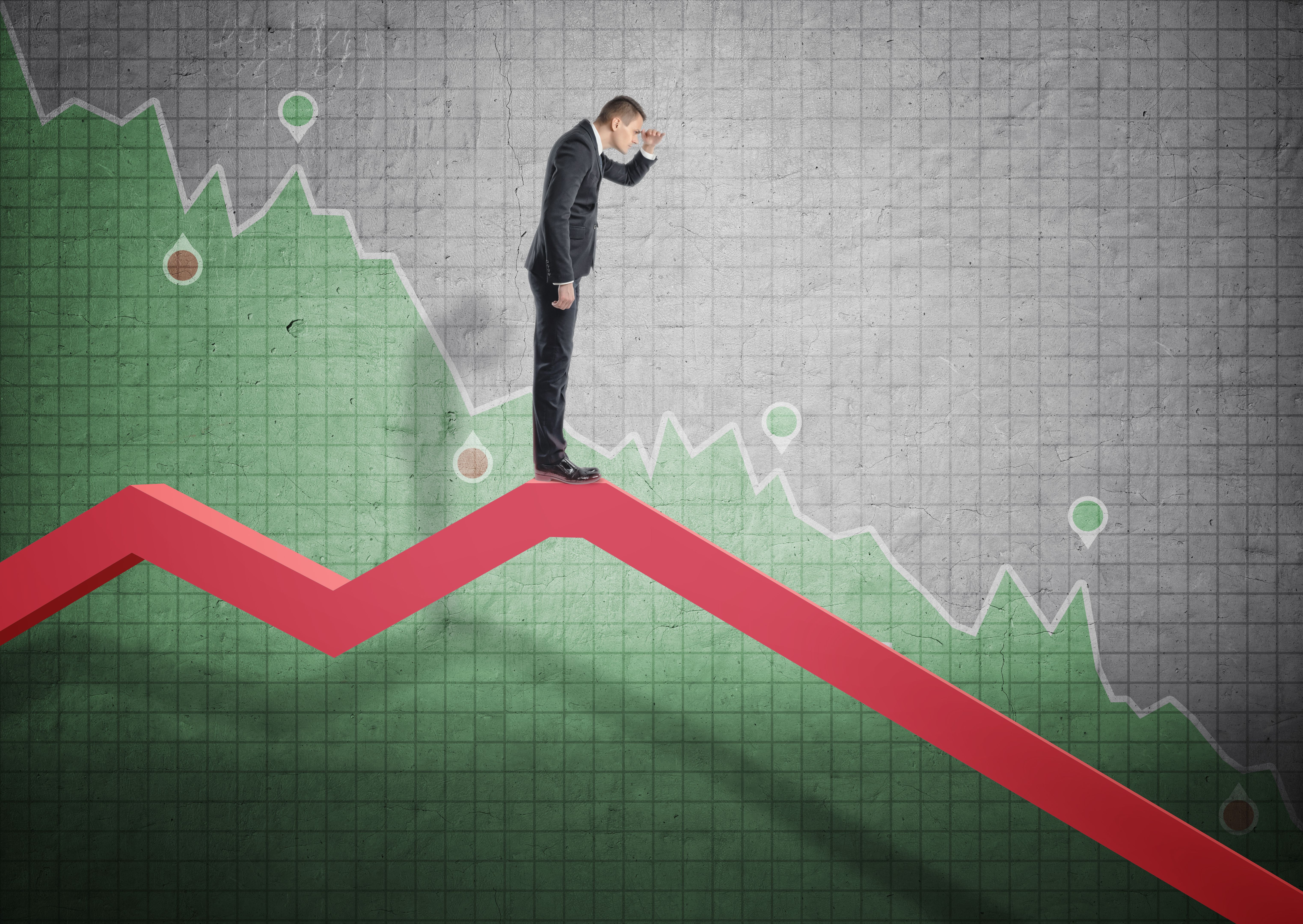Deflation: Causes and Impacts on the Economy
Understanding Deflation
Deflation, often characterized by a general decline in prices for goods and services, is a phenomenon that can have far-reaching impacts on an economy. Unlike inflation, where the purchasing power of money decreases, deflation increases the value of money over time. This might sound advantageous at first, but it can lead to a host of economic challenges.
Causes of Deflation
Several factors can lead to deflation. One of the primary causes is a decline in consumer demand. When people anticipate that prices will continue to fall, they tend to delay purchases, expecting to buy goods and services at lower prices in the future. This reduction in spending can cause businesses to lower prices further, creating a vicious cycle.
Another significant cause of deflation is an increase in productivity without a corresponding increase in demand. Technological advancements and efficiency improvements can lead to an oversupply of goods. When supply outpaces demand, prices tend to fall. Additionally, tight monetary policies or a decrease in the money supply can also trigger deflation.

Impacts of Deflation on the Economy
Deflation can have several adverse effects on an economy. One of the most significant impacts is the increase in the real value of debt. As prices fall, the burden of debt becomes heavier for borrowers because they have to pay back loans with money that is worth more than it was when they borrowed it. This can lead to increased defaults and bankruptcies.
Furthermore, deflation can result in reduced business profitability. As prices drop, businesses may find it difficult to maintain profit margins, leading to cost-cutting measures such as layoffs. This can increase unemployment rates and further reduce consumer spending power, perpetuating the deflationary cycle.

Deflation vs. Inflation
While both inflation and deflation have their challenges, deflation is often considered more harmful in the long term. Inflation erodes purchasing power but can stimulate spending and investment as people try to avoid higher future prices. In contrast, deflation discourages spending and investment, which can stifle economic growth.
Central banks typically aim for a moderate level of inflation as part of their monetary policy to encourage spending and investment. When deflationary trends emerge, central banks might implement measures such as lowering interest rates or increasing the money supply to stimulate economic activity.
Conclusion
Understanding the causes and impacts of deflation is crucial for policymakers and economists. While it may seem beneficial for consumers in the short term due to lower prices, the long-term effects on debt, business profitability, and employment can be detrimental. Addressing deflation requires careful planning and strategic interventions to ensure economic stability.
